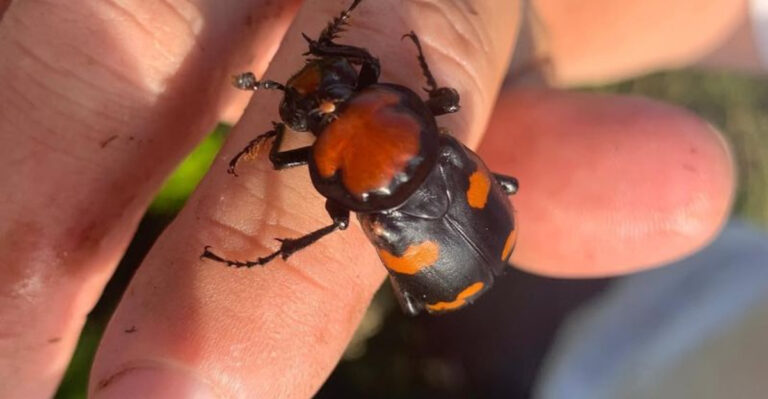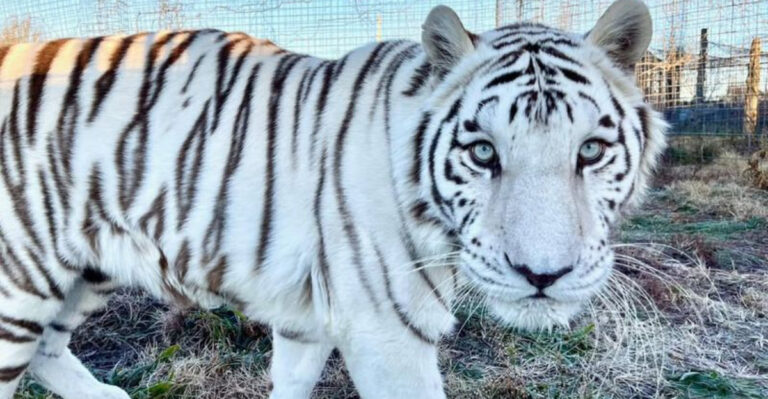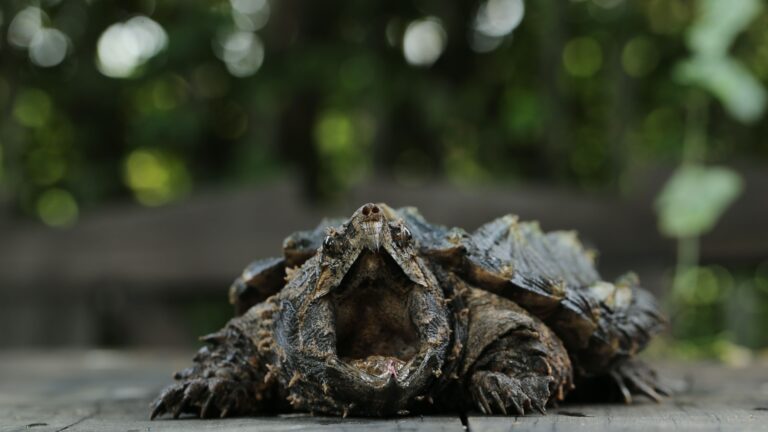15 Emotional Milestones Rescued Cats Go Through

Bringing a rescued cat home is just the beginning of an incredible journey. These formerly homeless felines experience a remarkable emotional transformation as they adjust to life with loving humans.
Understanding these emotional milestones helps cat parents provide better support during this transition and builds a stronger bond between rescuer and rescued.
1. Fear Gives Way To Curiosity
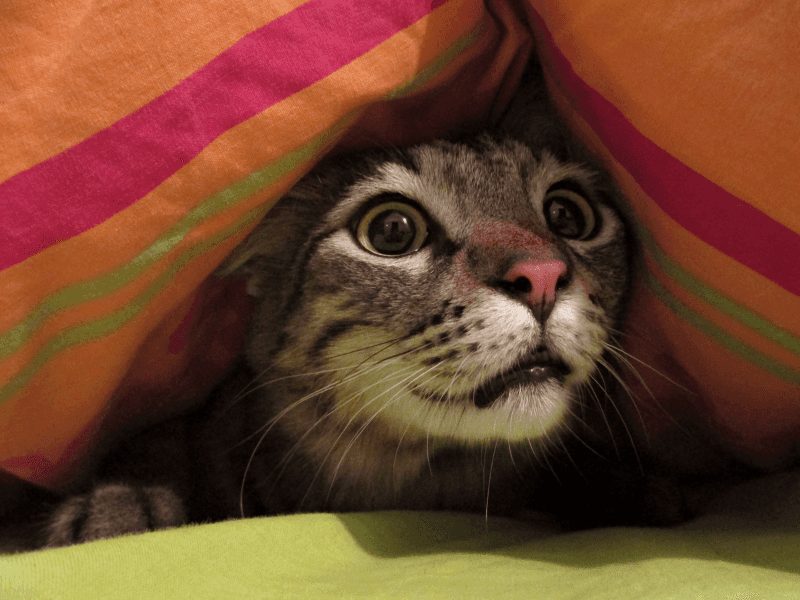
Cowering under furniture slowly transforms into cautious exploration. The once-terrified kitty begins to peek around corners and investigate their new surroundings when they think no one’s watching.
This delicate shift marks the first victory in their emotional recovery. Their survival instincts gradually relax as they realize danger isn’t lurking around every corner.
2. Learning To Trust Human Touch
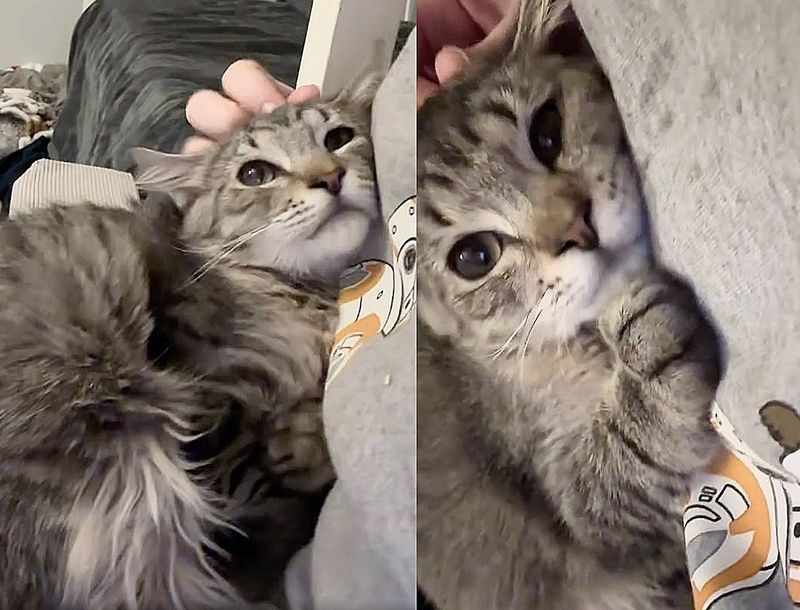
Flinching becomes a thing of the past as gentle hands prove they bring comfort, not pain. Quick pets evolve into longer strokes as your rescue discovers the joy of physical affection.
Many rescues have never experienced positive human contact before. Each successful interaction builds a foundation for deeper bonding and helps heal past trauma.
3. First Purr Breakthrough

Nothing compares to that magical moment when vibrations rumble from their chest for the first time. Their body language softens, eyes half-close, and that distinctive motor starts running.
Purring signals a massive emotional breakthrough. Your formerly scared cat is now experiencing contentment and safety enough to express happiness physically – a true milestone worth celebrating!
4. Claiming Territory
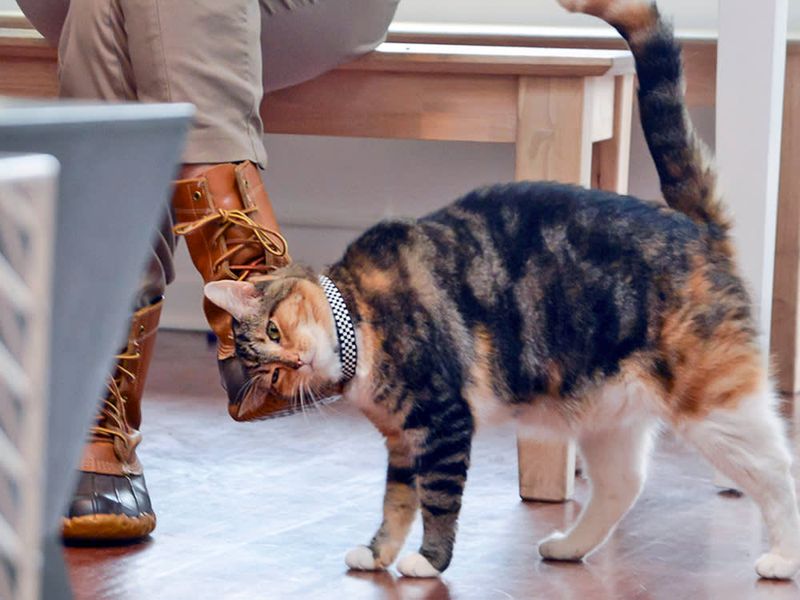
Suddenly your rescue starts rubbing against furniture corners and doorways with newfound confidence. This scent-marking behavior indicates they’re beginning to view your home as their territory.
Watch as they create favorite spots – a sunny windowsill, that cozy chair corner, or the crook of your arm. This territorial behavior shows they’re mentally moving in for good.
5. Nighttime Trust

Bedtime brings vulnerability, making sleep position a powerful indicator of emotional progress. Initially, rescued cats maintain distance, sleeping with one eye open.
The milestone arrives when they finally curl up beside you, belly exposed, completely vulnerable. This supreme act of trust means they’ve accepted you as family and believe you’ll keep them safe through the night.
6. Playing Without Fear

Playtime reveals profound emotional healing as your rescue rediscovers childlike joy. Fast movements that once triggered fear responses now spark excitement as they pounce on toys with abandon.
Watch their body language transform – tail up, ears forward, completely absorbed in the moment. This uninhibited play signals they’ve moved beyond survival mode into truly living.
7. Seeking Comfort During Storms
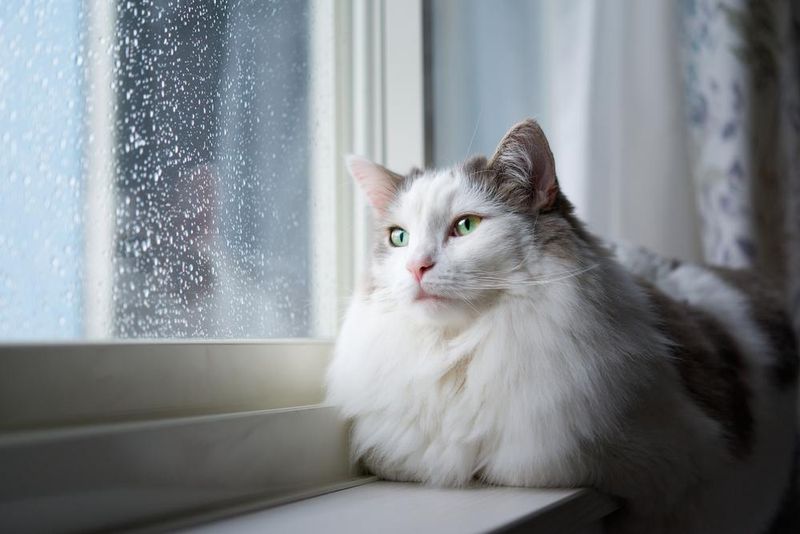
Loud noises once sent your rescue into panic mode, hiding for hours. Now, instead of retreating alone, they seek you out during thunderstorms or fireworks.
Running to you for protection shows remarkable emotional growth. They’ve recognized you as their safe harbor in frightening situations – a profound shift from self-reliance to trusting another being with their safety.
8. The First Slow Blink
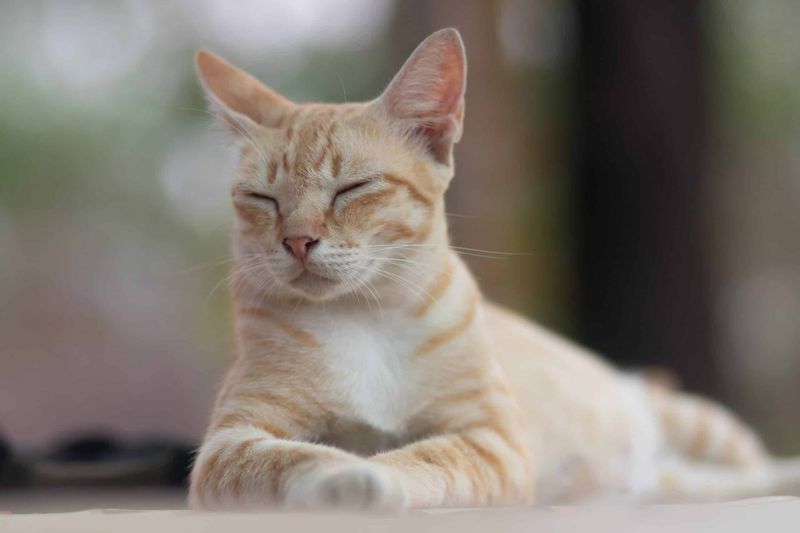
Cat behaviorists call it the “kitty kiss” – that moment when your rescue makes deliberate eye contact and slowly closes their eyes. This subtle communication speaks volumes about their emotional state.
Slow blinking indicates they feel secure enough to temporarily blind themselves in your presence. Return this gesture to strengthen your bond and celebrate this milestone of mutual trust.
9. Belly Exposure Revolution

Rolling over to expose that fuzzy tummy represents the ultimate vulnerability for cats. In the wild, this position leaves vital organs completely unprotected.
When your rescue finally flops over, displaying their belly without fear, they’re declaring total trust in your intentions. Even if they don’t want belly rubs, this exposure demonstrates they’ve overcome defensive instincts.
10. Greeting You At The Door
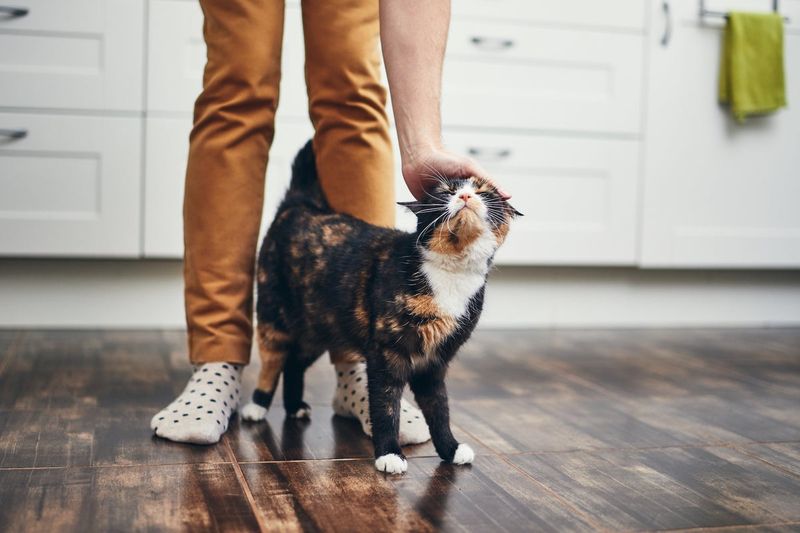
Remember when coming home meant searching for your hiding cat? That changes dramatically when they begin anticipating your return.
Hearing your key in the lock becomes their cue to appear, tails high and eyes bright. This enthusiastic greeting ritual shows they’ve formed a genuine attachment and consider you essential to their happiness.
11. Vocal Conversations Begin

Many rescued cats remain silent for weeks or months, afraid to draw attention. Their first voluntary meows mark a turning point in emotional recovery.
Soon they’re responding when you speak, creating a unique communication system between you. These back-and-forth “conversations” demonstrate confidence in expressing needs and trust that you’ll listen.
12. Accepting New People
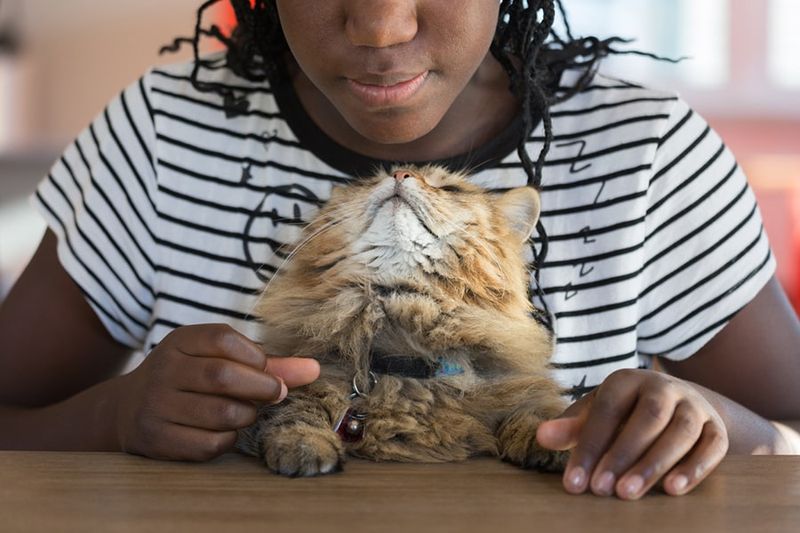
Visitors once triggered immediate disappearing acts from your rescue. Gradually, curiosity overcomes fear as they begin observing guests from safe distances.
The watershed moment comes when they voluntarily approach a visitor, perhaps even accepting gentle pets. This social expansion shows growing confidence and proves their fear response is no longer automatically triggered by unfamiliar humans.
13. Defending Their Human
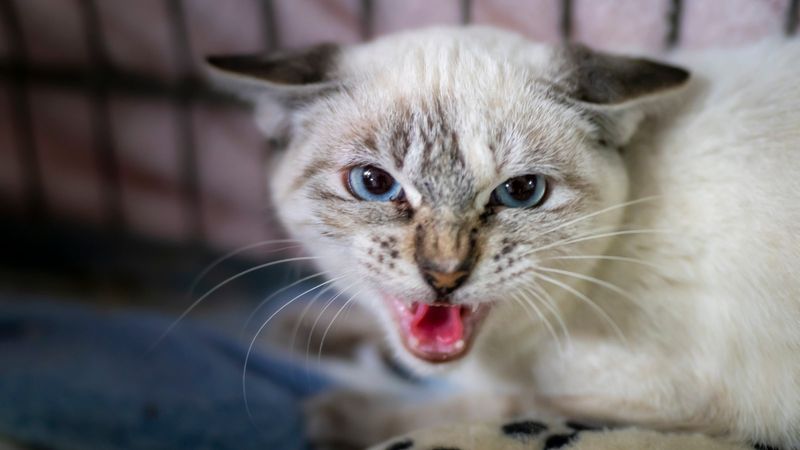
Surprisingly, many rescues develop protective instincts toward their humans. Your formerly fearful cat might position themselves between you and perceived threats or investigate strange noises before you do.
This role reversal from protected to protector represents profound emotional attachment. They’ve decided you’re family worth defending – quite a journey from the scared creature who once hid from everything!
14. Seeking Comfort During Illness
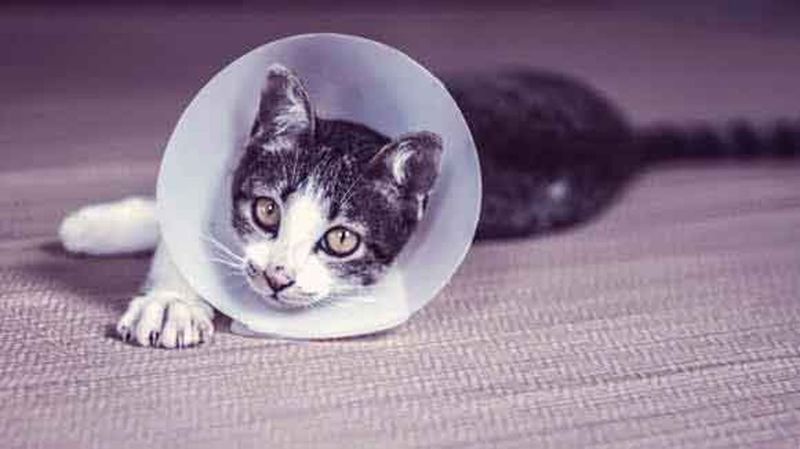
When cats feel unwell, instinct tells them to hide weakness. Your rescue has reached a major milestone when they seek you out while feeling sick instead of hiding alone.
Coming to you for comfort during vulnerability demonstrates extraordinary trust. They believe you’ll provide care rather than take advantage of their weakened state – the ultimate vote of confidence in your relationship.
15. Giving Love Back

Head-butts, kneading, grooming your hair – these affectionate behaviors emerge as your rescue begins actively showing love. They’re no longer just accepting affection but initiating it.
This reciprocal relationship marks complete emotional healing. Your formerly scared stray now understands the concept of mutual care and has fully embraced their role as your companion rather than just your dependent.


